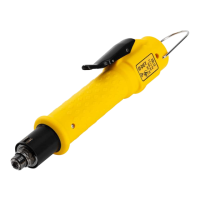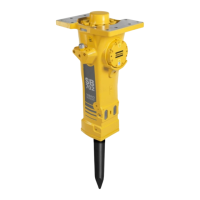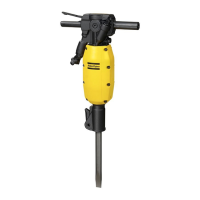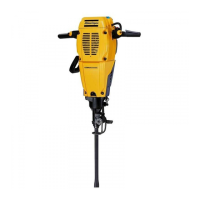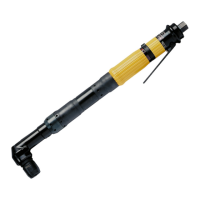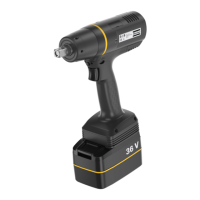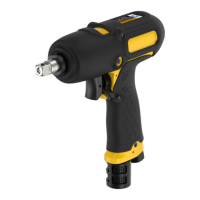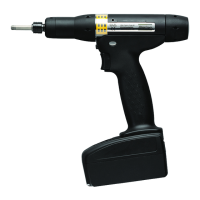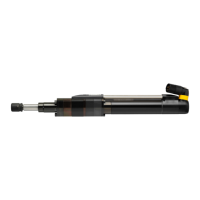System Architecture
9836 3521 01 27
2.3.1 Tightening Controller
A Tightening Controller (TC) takes care of various tasks around tightening: driving and controlling a
spindle, measuring and storing angle and torque, running PLC, etc. Each TC contains all functions
necessary to monitor and control one (1) spindle.
Two different Tightening Controllers exist, the PTC is intended to run as a System TC and Station TC. The
PTC has more external interfaces (sockets) than the standard TC.
The System TC is the TC that communicates directly with ToolsTalk PowerMACS. It is on this TC that the
setup, downloaded from ToolsTalk PowerMACS, is stored and is responsible for starting the system when
powered on, or after downloading a new setup.
A single TC belongs to one system only. The System TC, and the setup downloaded to it, defines the
system. When the System TC starts up, either at power on or after receiving a new setup, it will try to
attach to the Spindle TCs it needs. It will assume that IP-address of the Spindle TCs are consecutive to its
own IP-address. That is, if the System TC has address 192.168.0.1 TC 2 should have 192.168.0.2, TC 3
192.168.0.3, and so on.
A Spindle TC will only accept the request of the first System TC that attach to it after a cold start. It will
then remember the IP-address of the System TC and refuse requests from a System TC having another
IP-address until cold started again. See chapter: Configure Target System for more information on how to
configure a TC as a System TC and set its IP-address. Chapter: Configure Target System describes a tool
for detecting overlapping systems, that is, several System TCs trying to use the same Spindle TC.
Spindle TCs can be replaced while the system is operational, without requiring the setup to be
downloaded to the new TC before starting it again. They will fetch their part of the setup from the System
unit when activated.
For security and redundancy a back up copy of the setup is maintained on the second TC in a
PowerMACS 4000 system. This means that the System TC in a system can be replaced without requiring
the setup to be downloaded to the new System TC before starting the system again. See chapter:
Handling of the setup in the target system for details.
Should both the System TC and TC 2 be found nonfunctional and must be replaced then the setup must
be downloaded from a backup media using ToolsTalk PowerMACS. You should therefore always keep
backups of your setups in a safe place.
Note! After replacing the System TC you are strongly recommended to cold start the complete
system.
All TCs in a system, System TCs as well as Spindle TCs, must use the same TC System Software
version in order to function properly. There are several methods to verify that this is the case for all TCs in
a system. The TCs themselves checks for version conflicts at start up and indicates this using the display
on the their front (see chapter: Version conflict message) and ToolsTalk PowerMACS has several forms
that can be used for the same purpose (see chapter: Configure Target System and Check for System
Conflicts).
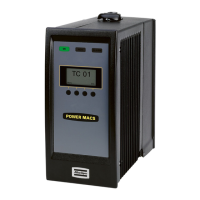
